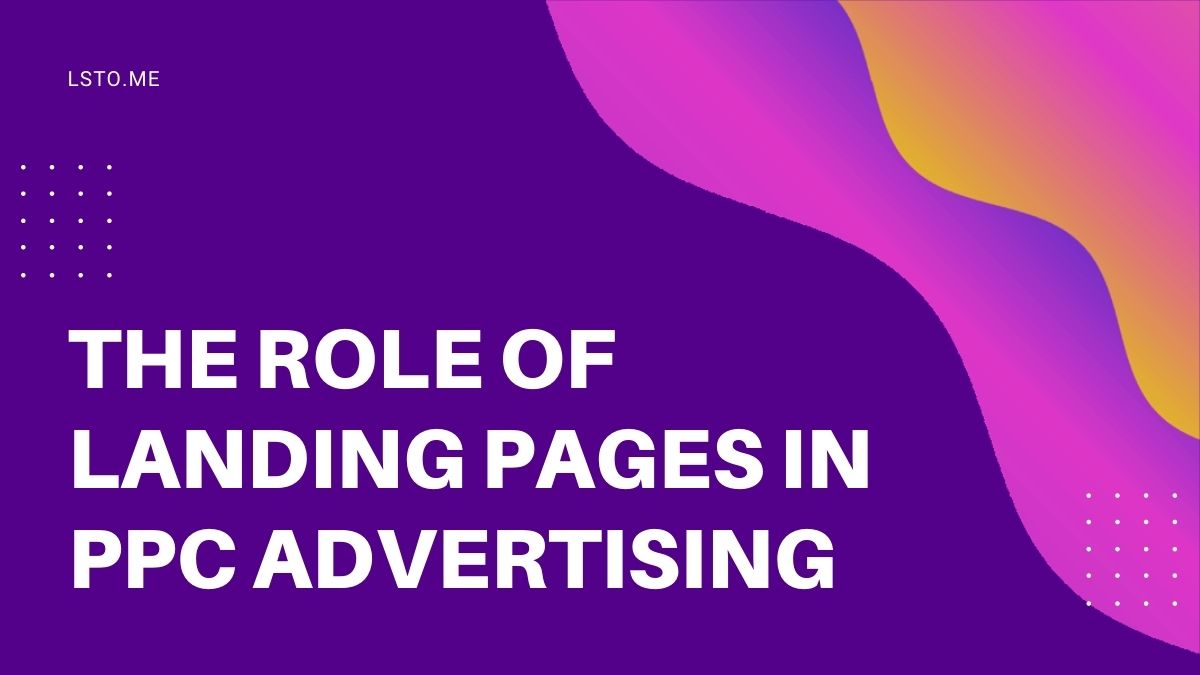
When it comes to PPC (Pay-Per-Click) advertising, landing pages play a crucial role in determining the success of your campaigns. They serve as the first point of contact between your audience and your brand, making it essential to optimize them for maximum conversions. In this blog post, we will explore the significant role landing pages play in PPC advertising and share valuable insights on how to create high-converting landing pages that drive results.
The Importance of Landing Pages in PPC:
PPC advertising is an effective way to drive traffic to your website. However, it’s not enough to simply direct visitors to your homepage or product page. This is where landing pages come in. Landing pages are specifically designed web pages that serve as a destination for visitors who clicked on your PPC ads. They provide a dedicated space for users to learn more about your product or service, and take the next step in their customer journey.
Landing pages are incredibly important in PPC advertising because they can significantly increase the likelihood of conversion. By providing visitors with targeted, relevant information that meets their needs and interests, landing pages can help turn clicks into customers. With well-designed landing pages that feature clear calls-to-action and easy navigation, you can guide potential customers through the sales funnel and ultimately achieve higher ROI on your PPC campaigns.
Key Elements of a High-Converting Landing Page:
A high-converting landing page is a crucial element of any successful Pay-Per-Click advertising campaign. It’s the first thing potential customers see when they click on your ad, and it’s where you have the opportunity to turn a click into a conversion. The key elements of a high-converting landing page are numerous, but one of the most important is compelling headlines and subheadings.
Headlines and subheadings are the first things visitors see when they land on your page, so they need to be attention-grabbing and informative. They should communicate what your product or service is all about while also highlighting its benefits. A well-crafted headline can make all the difference in whether someone stays on your website or immediately clicks away.
In addition to grabbing visitors’ attention, headlines and subheadings can also help with SEO.
Optimizing Landing Pages for Conversions:
Landing pages are critical to the success of any PPC advertising campaign. Their primary purpose is to convert visitors into customers or leads. However, not all landing pages are created equal, and some perform better than others. To optimize your landing pages for conversions, you need to consider A/B testing different variations.
A/B testing involves creating two versions of a landing page and testing them against each other to identify the elements that lead to higher conversion rates. By doing this, you can determine which headlines, images, copy, and calls-to-action (CTAs) resonate with your target audience. You can then use this information to optimize your landing pages further.
When conducting A/B tests on your landing pages, it’s essential to have a clear hypothesis about what you want to test and why.
The Continuous Optimization Process:
In the world of PPC advertising, landing pages are essential for converting visitors into customers. It’s where potential customers arrive after clicking on your ad, and the page must be optimized to convert them. While creating a high-converting landing page is crucial, it’s not a one-time job. The continuous optimization process involves regularly reviewing your landing page performance and testing new strategies to increase conversions.
The first step in the optimization process is tracking your landing page performance with tools like Google Analytics or heat maps. This data will help you determine what elements on your landing page are working well and which ones need improvement. Once you’ve identified areas for improvement, start testing different variations of those elements to see what resonates best with your target audience.
Testing can involve changing headlines, images, call-to-action buttons, or even the overall layout of the page.
Conclusion:
Landing pages play a critical role in PPC advertising, serving as the gateway to converting your audience. By optimizing your landing pages with compelling elements, aligning them with ad messaging, and continuously testing and optimizing for conversions, you can unlock the key to driving successful PPC campaigns and achieving your business goals.